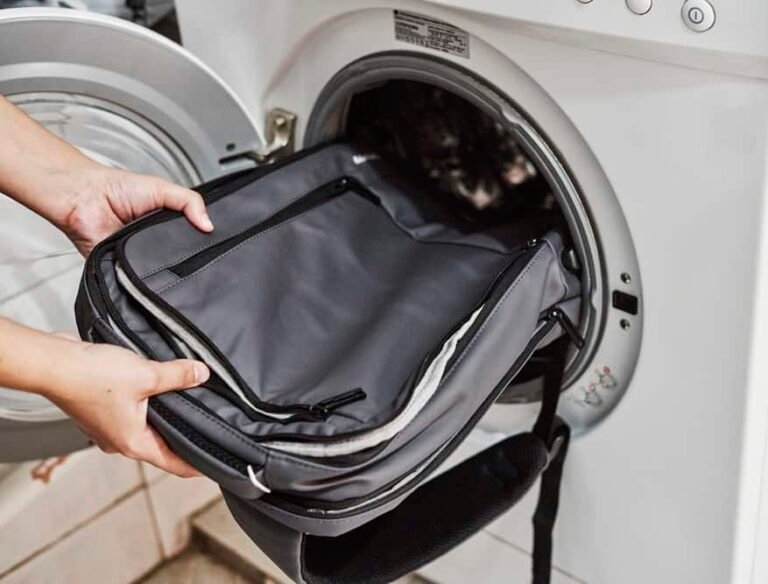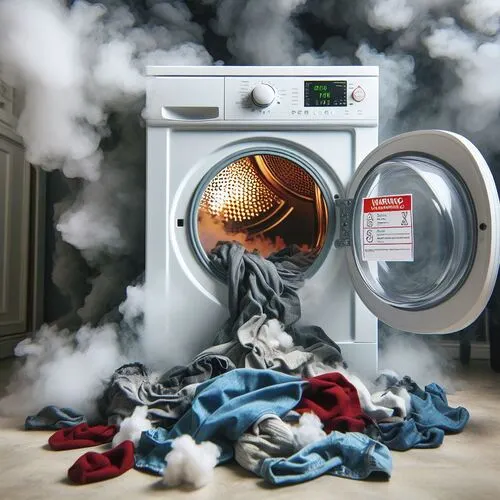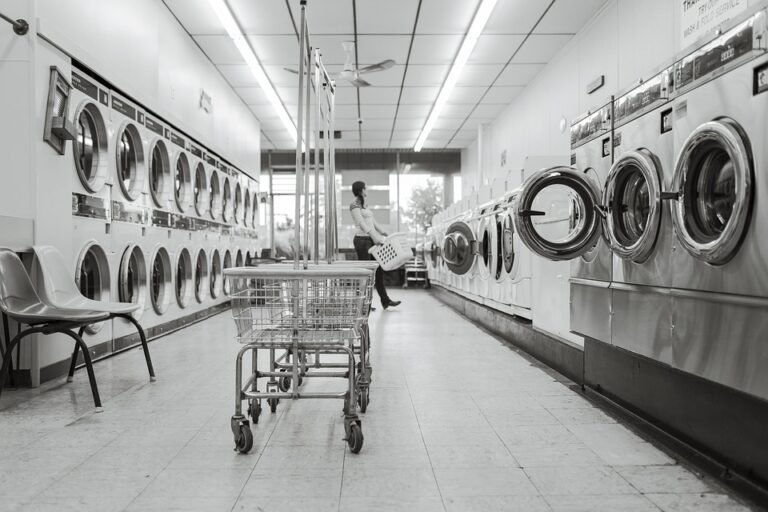Regular Heat Drying: Unlocking the Power of Rapid and Effective Moisture Removal
In today’s article, we will delve into the world of regular heat drying and explore how it can be an effective solution for moisture control. As we venture through the intricacies of this method, we will uncover its benefits, its application in various industries, the potential risks involved, and answer some frequently asked questions.
What is The Importance of Regular Heat drying in Moisture Control?
Moisture control is a crucial aspect of many industries, including construction, agriculture, and manufacturing. Excess moisture can lead to numerous issues, such as mold growth, structural damage, product deterioration, and compromised safety. Regular heat drying, also known as thermal drying, offers a reliable solution to combat and prevent these problems.
How Does Regular Heat drying Work?
Regular heat drying utilizes controlled heat to remove moisture from materials. By applying heat to the affected environment or materials, the water content undergoes evaporation, transforming it into vapor. This process effectively reduces moisture levels, preventing the growth of mold, mildew, and other harmful microorganisms.
What are the Benefits of Regular Heat Drying?
Regular heat drying offers a range of benefits, making it a popular choice for moisture control in various industries. Let’s explore some of these advantages:
1. Efficient Moisture Removal
Regular heat drying provides efficient moisture removal, significantly reducing drying times compared to traditional methods. The application of heat accelerates the evaporation process, ensuring prompt and effective moisture control.
2. Versatility
Regular heat drying can be applied to a wide array of materials, including building materials, agricultural produce, wood products, and even industrial equipment. Its versatility makes it a versatile solution for diverse industries.
3. Preservation of Structural Integrity
By eliminating excess moisture, regular heat drying helps preserve the structural integrity of buildings, machinery, and other materials. This prevention of deterioration ensures the longevity and durability of various assets.
4. Mold and Mildew Prevention
Regular heat drying plays a vital role in mold and mildew prevention. By eliminating the moisture necessary for mold growth, it effectively stops these harmful microorganisms from infesting materials and causing health hazards.
5. Cost-effectiveness
While regular heat drying may require an initial investment in equipment and expertise, it proves to be a cost-effective approach in the long run. With its efficient drying process, it minimizes downtime, reduces rework, and prevents costly damages caused by moisture-related issues.
What are the Application of Regular Heat drying in Different Industries?
Regular heat drying finds application in several industries where moisture control is critical. Let’s explore some of these industries and how they benefit from this drying technique:
Construction Industry
In the construction industry, regular heat drying plays a crucial role in drying newly constructed buildings, as well as restoring water-damaged structures. By using heat drying techniques, contractors can accelerate the drying process, reducing construction timelines and mitigating potential damages caused by excessive moisture.
Agriculture and Food Processing
In the agricultural and food processing sectors, regular heat drying finds application in various processes, such as drying grains, fruits, and vegetables. It helps regulate moisture levels, preventing spoilage and ensuring the production of high-quality, market-ready products.
Manufacturing and Industrial Processes
Regular heat drying is commonly employed in manufacturing and industrial processes to improve product quality and reduce manufacturing defects. It is extensively used in the drying of paints, coatings, and other industrial compounds, as well as curing processes, to eliminate excess moisture and enhance the final product’s performance.
Water Damage Restoration
After water damage incidents, such as flooding or leaks, regular heat drying is a vital step in the restoration process. By quickly and efficiently removing moisture from affected areas, it prevents the growth of mold, mildew, and structural damage, ensuring a safe and habitable environment.
Potential Risks and Precautions
While regular heat drying offers numerous benefits, it is essential to be aware of potential risks and take necessary precautions to ensure safe and effective implementation. These risks include:
Fire Hazards
The use of heat in the drying process increases the risk of fire hazards, especially in environments with flammable materials or inadequate ventilation. It is crucial to follow all safety guidelines and use proper equipment to minimize these risks.
Damage to Heat-Sensitive Materials
Certain materials may be sensitive to high temperatures and can be damaged during the heat drying process. It is important to assess the compatibility of materials with regular heat drying and use appropriate temperature controls to avoid any adverse effects.
Health and Safety Concerns
Exposure to high temperatures and prolonged periods in heated environments can pose health and safety risks. It is essential to provide adequate personal protective equipment for workers, ensure proper ventilation, and adhere to all safety regulations to protect against any potential health hazards.
FAQs about Regular Heat Drying
How does regular heat drying compare to traditional drying methods?
Regular heat drying is known for its efficiency and faster drying times compared to traditional methods. It accelerates the evaporation process, allowing for prompt moisture removal.
Is regular heat drying suitable for all materials?
Regular heat drying is versatile and applicable to various materials. However, it is important to consider the compatibility of materials with high temperatures and assess any potential risks before implementing this drying method.
Can regular heat drying prevent mold growth?
Yes, regular heat drying effectively prevents mold growth by eliminating the moisture necessary for their development. It inhibits mold spores from germinating, thus ensuring a mold-free environment.
Does regular heat drying require specialized equipment?
Yes, regular heat drying typically requires specialized equipment, such as heat drying systems, fans, and dehumidifiers. These tools facilitate controlled heat application and moisture extraction.
Can regular heat drying be used for water-damaged electronics?
Regular heat drying is not recommended for water-damaged electronics. It is advised to consult a professional technician or follow manufacturer recommendations for proper drying methods specific to electronic devices.
Conclusion
Regular heat drying proves to be a reliable and efficient solution for moisture control in various industries. Its benefits, such as efficient moisture removal, versatility, and mold prevention, make it a valuable technique. However, it is crucial to understand the potential risks involved and take appropriate precautions to ensure safe implementation. By harnessing the power of regular heat drying, industries can safeguard their assets, improve product quality, and maintain a healthy and moisture-free environment.







